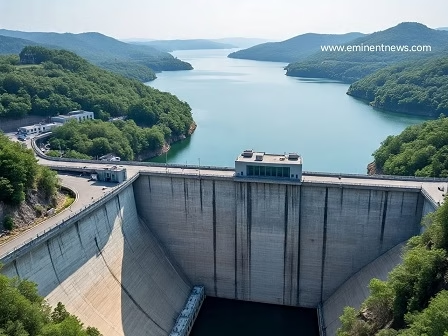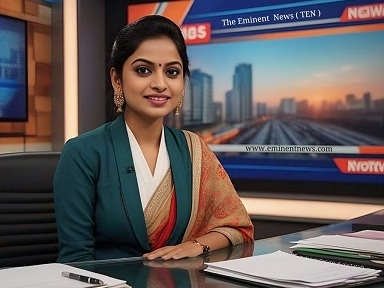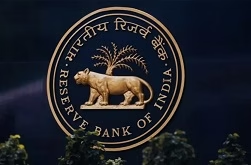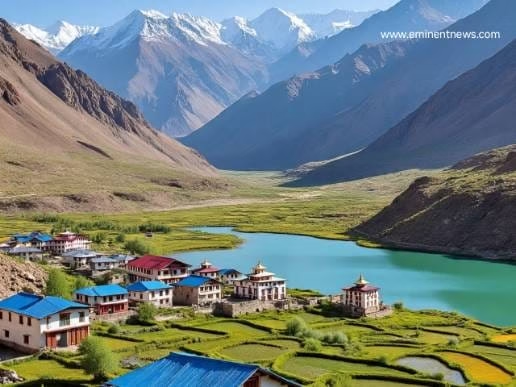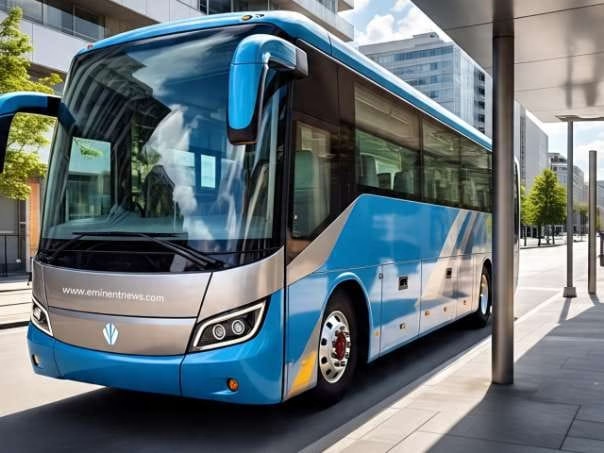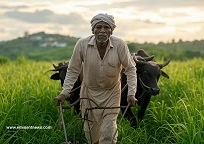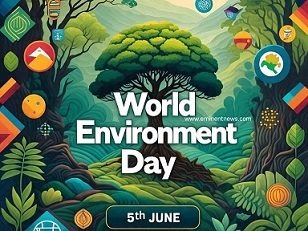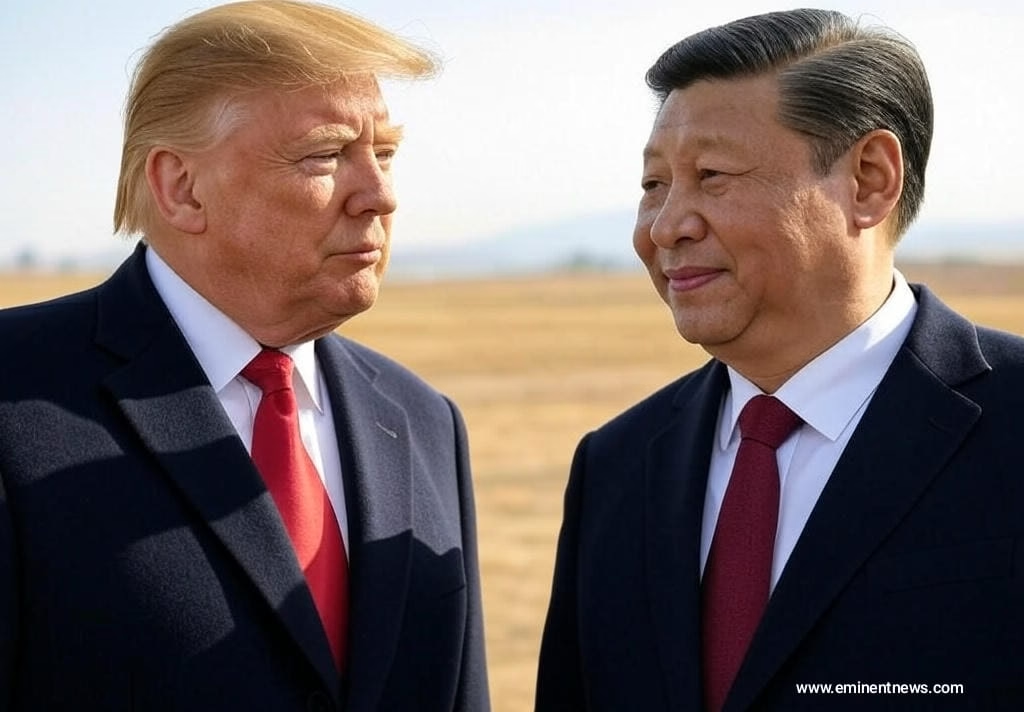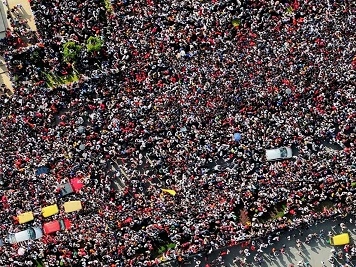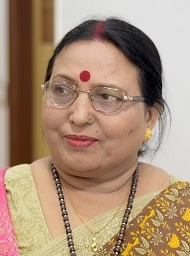The Global South is a term that broadly refers to countries in Latin America, Africa, Asia, and Oceania with shared historical experiences of colonialism, neo-colonialism, and often, socioeconomic and political marginalization . It is not strictly a geographic designation but rather a concept encompassing developing or less industrialized nations .
Key Characteristics of Global South Countries:
- Developing Economies: Often characterized by lower levels of industrialization, higher poverty rates, and greater income inequality .
- Historical Context: Many countries in the Global South share a history of colonialism, which has shaped their political and economic structures .
- Marginalization: Often face marginalization in global decision-making processes and international institutions .
- Shared Challenges: Common challenges include poverty, climate change, food insecurity, and political instability .
- South-South Cooperation: Increasing cooperation among countries in the Global South to address shared challenges and promote development .
Examples of Global South Countries:
- Africa: Nigeria, Ethiopia, South Africa, Egypt
- Asia: India, Indonesia, Pakistan, Bangladesh, Vietnam
- Latin America: Brazil, Mexico, Argentina, Colombia
- Oceania: Papua New Guinea, Fiji
Key Issues and Challenges:
- Economic Development: Promoting sustainable and inclusive economic growth .
- Poverty Reduction: Addressing poverty and inequality through targeted social programs and economic opportunities .
- Climate Change: Mitigating the impacts of climate change and adapting to its effects .
- Food Security: Ensuring access to sufficient and nutritious food for all .
- Political Stability: Promoting good governance, democracy, and peaceful conflict resolution .
- Healthcare: Improving access to quality healthcare services .
- Education: Expanding access to education and improving educational outcomes .
- Infrastructure Development: Investing in infrastructure to support economic growth and improve quality of life .
India’s Role in the Global South:
- India plays a pivotal role in the Global South, leveraging its growing economic power, democratic framework, and strategic geopolitical positioning to advocate for equitable global governance .
- India engages in multiple multilateral platforms like BRICS, G20, and the Non-Aligned Movement to address issues such as poverty, climate change, and sustainable development .
- India’s engagement with the Global South is marked by initiatives such as the International Solar Alliance and development aid programs, underscoring its commitment to South-South cooperation .
- India has also been a vocal proponent of reforming the United Nations Security Council to reflect contemporary geopolitical realities and provide greater representation to the Global South .
- India provides training, capacity building, and technical assistance to over 160 countries through the Indian Technical and Economic Cooperation (ITEC) program .
Common challenges faced by Global South nations :
Global South nations face a multitude of interconnected challenges that hinder their development and perpetuate inequalities . These challenges span economic, social, political, and environmental dimensions .
Here are some common challenges:
- Economic Challenges:
- Poverty and Inequality: High levels of poverty and income inequality limit access to basic necessities and opportunities .
- Debt Burden: Many Global South countries are burdened by high levels of external debt, diverting resources from essential services and development .
- Trade Imbalances: Unfavorable trade agreements and protectionist policies in developed countries can limit access to markets and hinder economic diversification .
- Dependence on Primary Commodities: Reliance on exporting raw materials makes economies vulnerable to price fluctuations and limits value addition .
- Lack of Infrastructure: Inadequate infrastructure (transportation, energy, communication) hinders economic activity and investment .
- Social Challenges:
- Healthcare Deficiencies: Limited access to quality healthcare services, high rates of infectious diseases, and inadequate healthcare infrastructure .
- Education Disparities: Unequal access to education, low enrollment rates, and poor educational outcomes .
- Food Insecurity: High rates of malnutrition and food insecurity, exacerbated by climate change and conflict .
- Social Exclusion: Discrimination and marginalization based on gender, ethnicity, religion, and other factors .
- Rapid Urbanization: Uncontrolled urban growth leading to inadequate housing, sanitation, and basic services .
- Political Challenges:
- Governance Issues: Corruption, weak institutions, and lack of transparency hinder effective governance and development .
- Political Instability: Conflicts, civil unrest, and political violence disrupt economic activity and social cohesion .
- Weak Democratic Institutions: Limited participation, lack of accountability, and weak rule of law undermine democratic governance .
- External Interference: External interference in domestic affairs can destabilize governments and undermine sovereignty .
- Environmental Challenges:
- Climate Change Impacts: Vulnerability to climate change impacts, such as droughts, floods, and sea-level rise .
- Environmental Degradation: Deforestation, desertification, and pollution threaten ecosystems and livelihoods .
- Resource Scarcity: Competition for scarce resources, such as water and land, can lead to conflicts and instability .
- Technological Challenges:
- Digital Divide: Limited access to technology and the internet, hindering economic and social development .
- Lack of Innovation: Insufficient investment in research and development limits technological innovation and competitiveness .
- Geopolitical Challenges:
- Unequal Power Dynamics: Marginalization in global decision-making processes and international institutions .
- Dependence on External Aid: Reliance on foreign aid can create dependencies and limit policy autonomy …



